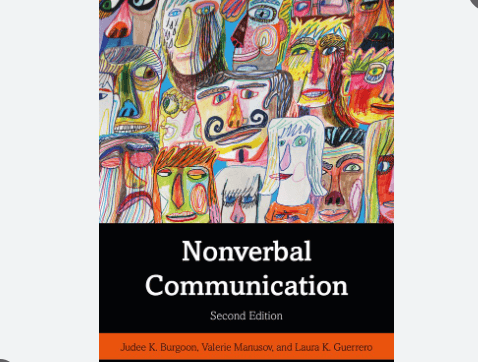What is Gatekeeping?

- Article's photo | Credit Reddit
- Have you ever wondered how the news you see or the information you receive gets filtered? This is where the concept of gatekeeping comes in. The concept of gatekeeping revolves around the control and selection of information as it travels from its source to the receiver. It's like a gatekeeper who decides what messages get passed through and what gets filtered out.
Understanding Gatekeeping: How Information Gets Shaped and Delivered
Originally introduced by Kurt Lewin, gatekeeping refers to the process of filtering the vast amount of information available (billions of messages) down to the limited amount we encounter daily (hundreds of messages).
However, Donohue, Tichenor, and Olien (1972) propose a broader definition. They view gatekeeping as a comprehensive information control process encompassing all aspects of message communication, not just selection. This includes:
- Withholding: Not passing messages on at all.
- Transmission: Deciding how messages are delivered (e.g., verbally, visually).
- Shaping: Modifying the content or framing of messages.
- Display: Choosing how messages are presented (e.g., prominence, headlines).
- Repetition: How often messages are communicated.
- Timing: When messages are delivered.
Imagine information flowing from a sender to a receiver. Gatekeeping influences every step of that journey.
Messages can be withheld entirely, edited and reshaped, or even presented in a particular way to influence how we perceive them. The timing and repetition of messages also play a role. In short, gatekeeping isn't just about what information gets through; it's about how it gets through. By controlling the flow of information, gatekeepers can significantly influence what messages we receive and how we interpret them.
Information Gatekeepers: Who Controls What You Hear?
Within organizations, communication doesn't flow freely. Gatekeepers, individuals at various levels, can influence what information gets shared. These gatekeepers can be public relations specialists, editors, or even lower-level employees who receive information first.
Drawing on the work of Shoemaker (1991), Emmitt (1994, 1999), gatekeeping involves filtering information. Gatekeepers decide whether to pass it on, potentially reducing its content or even blocking it entirely.
Imagine information as water flowing through a pipe. Gatekeepers control the valves. They decide when information enters the organization (e.g., press releases, news tips) and when it gets sent on (e.g., press releases distributed, news stories published). Some information flows freely (routine channels like wire services), while others may be actively sought (investigative reporting) or ignored altogether.
Behind the Scenes: How Communicators Shape the News
Imagine a vast ocean of information – that's the reality communication workers face. Gatekeeping helps them navigate this flood by selecting what becomes news. It's a multi-step process of filtering and shaping information.
On a microscopic level, communicators analyze and evaluate events, essentially building the framework for a news story. They choose which details to emphasize and which to downplay, influencing how we understand the event.
Think of it like building a puzzle: communicators pick the most important pieces – the "essential framework" – and assemble them into a clear picture. This picture, the final news story, reflects the choices made by many gatekeepers along the way.
Every communicator is a gatekeeper to some extent. It's simply impossible to transmit everything, and every choice – what gets included and how it's presented – shapes the final message we receive.
Why Gatekeepers Matter: Filtering the Information Flood
Imagine a firehose of information - that's what communicators face daily. Gatekeepers act as a valve, controlling what information flows through. They are crucial for preventing information overload by selecting what's most relevant.
Gatekeepers hold significant power. They decide what messages reach others, sometimes withholding some or all of the information. This power is influenced by various factors, like the gatekeeper's personal biases, how they approach problems, and even their job role.
However, gatekeepers aren't completely free to follow their whims. They operate within organizational structures and communication routines. While they decide what's important to share, the risk of withholding crucial information always exists. Furthermore, these decisions happen within a larger context. The organization has its own priorities, and external forces can influence its communication. Ultimately, everything functions within a social system with its own dynamics.
The gatekeeping concept extends beyond traditional media. It applies to any situation where information needs to be filtered, be it mass media or interpersonal communication.
























